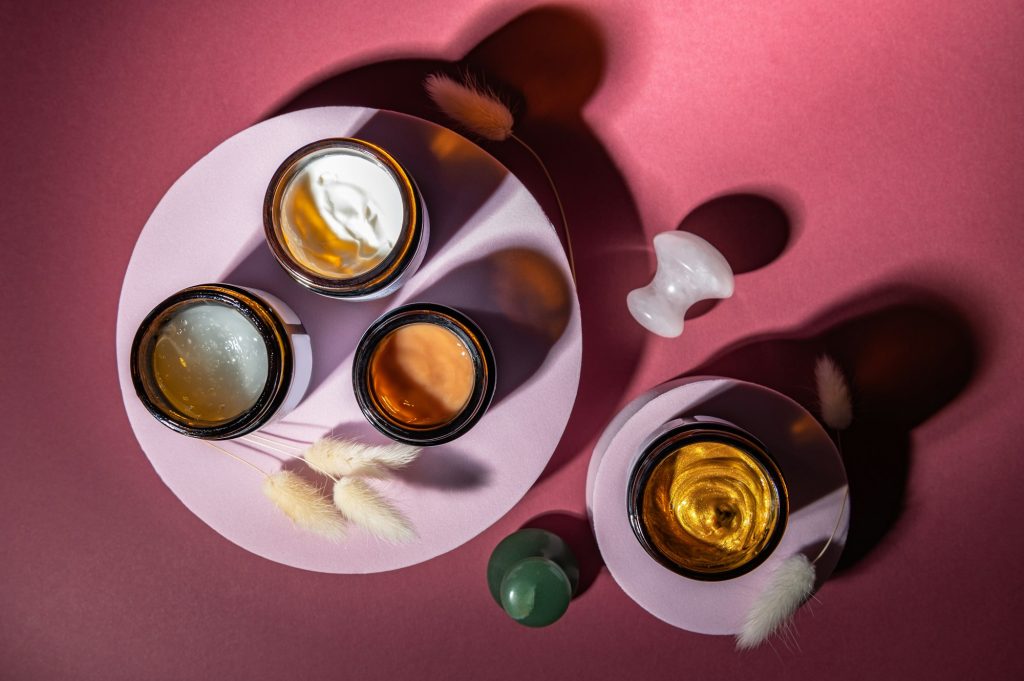
When it comes to skincare, using the right combination of ingredients can make all the difference. However, some popular skincare ingredients don’t work well together and can cause irritation, inflammation, or reduce the effectiveness of your products. In this guide, we’ll highlight skincare ingredient combinations you should avoid to ensure your routine is as safe and effective as possible. Whether you’re a skincare enthusiast or just getting started, knowing which ingredients to pair and which to skip is key to healthy, glowing skin.
1. Retinol + Vitamin C
Retinol and Vitamin C are both powerhouse ingredients in skincare, known for their ability to target signs of aging and brighten skin. However, using them together in the same routine can be a recipe for irritation. Retinol is a potent exfoliant, while Vitamin C works best in a lower pH environment. Combining the two can increase the potential for redness, peeling, and sensitivity.
What to do instead:
- Use Vitamin C in the morning, followed by sunscreen.
- Reserve retinol for your nighttime routine.
2. Benzoyl Peroxide + Retinol
Both benzoyl peroxide and retinol are effective treatments for acne. However, using them together can lead to excessive dryness, redness, and irritation. Benzoyl peroxide is a strong acne-fighting ingredient that can oxidize and neutralize the effectiveness of retinol, making it less potent.
What to do instead:
- Use benzoyl peroxide in the morning to combat acne.
- Apply retinol at night to help with skin turnover and reduce signs of aging.
3. AHA/BHA + Vitamin C
Alpha Hydroxy Acids (AHAs) and Beta Hydroxy Acids (BHAs) are great for exfoliating the skin, while Vitamin C brightens and evens out skin tone. However, combining these acids with Vitamin C can make the skin too acidic, leading to irritation and sensitivity, especially if you have sensitive skin.
What to do instead:
- Use AHA/BHA products at night to exfoliate.
- Apply Vitamin C in the morning to protect against free radical damage.
4. Niacinamide + Vitamin C
Niacinamide (Vitamin B3) is praised for its ability to calm the skin and reduce redness, while Vitamin C brightens and targets pigmentation. While both ingredients are incredibly beneficial, they may not work well together. When combined, they can neutralize each other’s effects, reducing their potency.
What to do instead:
- Use Vitamin C in the morning for antioxidant protection.
- Use niacinamide at night to soothe and balance your skin.
5. Oil-Based Products + Water-Based Products
Layering oil-based products over water-based ones can cause the water-based products to have a harder time absorbing into the skin. The oil can create a barrier that prevents the water-based ingredients from penetrating deeply, reducing their effectiveness.
What to do instead:
- Apply water-based serums first and follow up with oil-based moisturizers or treatments.
Creating a balanced skincare routine is all about understanding which ingredients work best together. By avoiding these common skincare ingredient combinations, you can prevent irritation, enhance the effectiveness of your products, and ensure your skin gets the care it deserves. Remember, skincare is personal, and what works for one person may not work for another. Always patch-test new products and introduce them gradually into your routine for the best results.
For more skincare tips and personalized recommendations, feel free to explore our blog or reach out to us with your questions!
